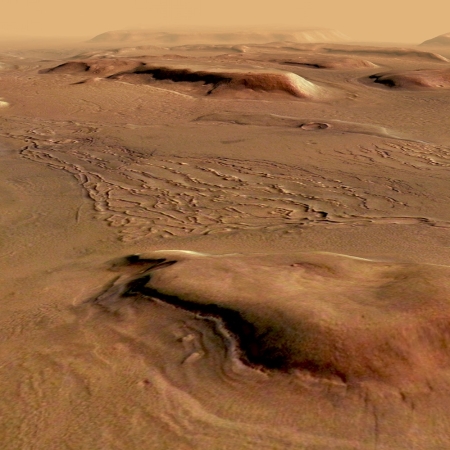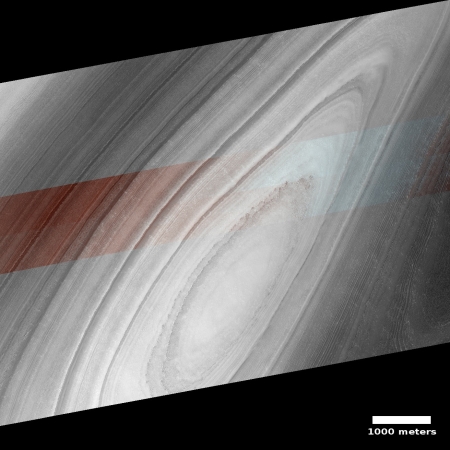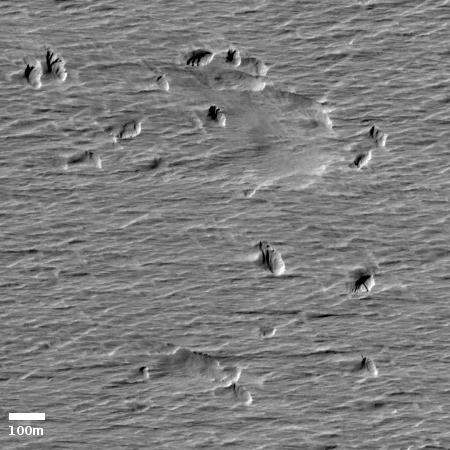Sweeping victories for pro-democracy protesters in Hong Kong elections
Good news: In elections yesterday in Hong Kong, pro-democracy candidates won a landslide victory, capturing control of 17 of 18 local councils.
Some 2.94 million people voted in the election, compared with 1.4 million in 2015.
Pro-democracy candidates won close to 60% of the total vote on Sunday, but achieved a landslide in terms of seats because of the first-past-the-post system, local media report. Pro-democracy contenders were victorious in 347 of the 452 district council seats up for grabs; pro-Beijing candidates won 60 seats; while independents – many of them pro-democracy – got 45, according to the South China Morning Post.
In the last election four years ago, pro-Beijing councillors won 298 seats, but the distribution of these seats meant they took control of all 18 district councils.
The official response from the China-appointed leader of the Hong Kong Special Administrative Region (HKSAR), Carrie Lam, was somewhat conciliatory:
After the social unrest in the past five months, I firmly believe that the vast majority of the public would share my wish for the peaceful, safe and orderly situation to continue.
The HKSAR Government respects the election results. There are various analyses and interpretations in the community in relation to the results, and quite a few are of the view that the results reflect people’s dissatisfaction with the current situation and the deep-seated problems in society. The HKSAR Government will listen to the opinions of members of the public humbly and seriously reflect.
Without doubt these results make it difficult for China to use military force on Hong Kong. The elected leadership throughout all but one district will oppose and stymie such actions. To make it happen the Chinese will literally have to arrest everyone.
In a sense, Hong Kong is becoming the West Berlin of China. It is now a path for ordinary Chinese citizens dissatisfied with communist rule to see another option. For totalitarian regimes, this is never a good thing, as when compared to free societies they never do better.
Good news: In elections yesterday in Hong Kong, pro-democracy candidates won a landslide victory, capturing control of 17 of 18 local councils.
Some 2.94 million people voted in the election, compared with 1.4 million in 2015.
Pro-democracy candidates won close to 60% of the total vote on Sunday, but achieved a landslide in terms of seats because of the first-past-the-post system, local media report. Pro-democracy contenders were victorious in 347 of the 452 district council seats up for grabs; pro-Beijing candidates won 60 seats; while independents – many of them pro-democracy – got 45, according to the South China Morning Post.
In the last election four years ago, pro-Beijing councillors won 298 seats, but the distribution of these seats meant they took control of all 18 district councils.
The official response from the China-appointed leader of the Hong Kong Special Administrative Region (HKSAR), Carrie Lam, was somewhat conciliatory:
After the social unrest in the past five months, I firmly believe that the vast majority of the public would share my wish for the peaceful, safe and orderly situation to continue.
The HKSAR Government respects the election results. There are various analyses and interpretations in the community in relation to the results, and quite a few are of the view that the results reflect people’s dissatisfaction with the current situation and the deep-seated problems in society. The HKSAR Government will listen to the opinions of members of the public humbly and seriously reflect.
Without doubt these results make it difficult for China to use military force on Hong Kong. The elected leadership throughout all but one district will oppose and stymie such actions. To make it happen the Chinese will literally have to arrest everyone.
In a sense, Hong Kong is becoming the West Berlin of China. It is now a path for ordinary Chinese citizens dissatisfied with communist rule to see another option. For totalitarian regimes, this is never a good thing, as when compared to free societies they never do better.






